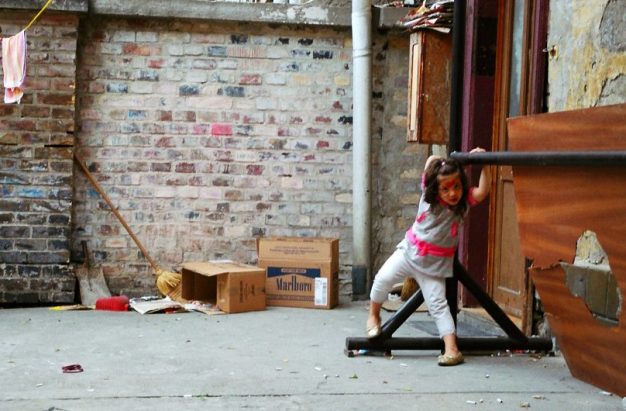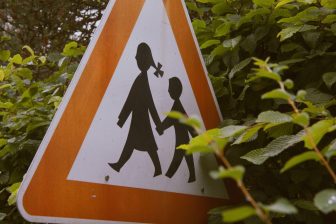
UK childhood poverty continues to climb
The impact of COVID-19 on household incomes is becoming clear to everyone, yet it cannot hide the equally devastating reality that child poverty is rising at an alarming rate in many of Britain’s poorest urban communities.
Child poverty activists say this is leaving growing numbers of children cut adrift and ill equipped to cope with the impact of the pandemic.
The End Child Poverty coalition is urging the Government to take seriously a four-year rise in child poverty – predominantly in working families – which has pushed families to breaking point. It’s also vital that leaders pursue an ambitious strategy to end child poverty in the aftermath of Coronavirus, which will undoubtedly drag even more families into severe hardship.
‘Poverty…is highest in the larger cities’
Made up of a coalition of dozens of organisations including children’s charities, welfare and social groups, the coalition has been working with Loughborough University to analyse Government data which charts how child poverty rates in many different areas across Britain have risen. It shines a light on those areas where children are most likely to have been swept into poverty since 2014.
A new report by the coalition shows that child poverty estimates tend to be highest in the larger cities, particularly London, Birmingham and Manchester, and that is before housing costs are factored into the equation. The North East has also seen significant rises.
This year’s local child poverty data report shows the percentages of children in poverty before and after housing costs in wards, parliamentary constituencies and local authorities. Using a new method that draws in more information than the previous series, it pinpoints the areas that are most affected. It also gives some indications of where child poverty is rising fastest, although because the figures are estimates, the rate of change in specific locations need to be treated with some caution. More significantly, the figures suggest overall that child poverty is rising fastest in places where it is already high.
‘Steady rise felt among working families’
The table of the top 20 parliamentary constituencies with the highest levels of child poverty in the UK before housing costs shows that over half (50.4 per cent) of the children in Bradford West were in poverty in 2017/18, which equates to over 17,000 youngsters. Moreover, Bradford East also had a rate of 44.1 per cent (19,495). Other prominent cities were Manchester, Leeds, Glasgow, Newcastle, Sheffield and Nottingham.
The steady rise in child poverty has been felt particularly among working families, with London constituencies dominating the list of areas where growing numbers of poor children are from families in employment. Some parts of the capital have seen the proportion of children growing up in poverty from working families increase by 14 percentage points or more.
However, the spectre of COVID-19 is never far away, and recent analysis by the Office for National Statistics shows reveals that just under one in four 1 adults (23 per cent) said the coronavirus was affecting their household finances. The most common impact in this group was reduced income (70 per cent), with nearly half saying they had used savings or borrowed to cover living costs.
‘COVID-19 could push struggling families over the edge’
Campaigners are fearful that the added impact of Covid-19 on household budgets could push struggling families over the edge and are urging the Government to immediately increase the amount of money in families’ pockets. The coalition is calling on the Government to set out an ambitious strategy to reverse the increases and make ending child poverty a priority for the nation’s future economic recovery.
The report’s analysis also shows how unequally child poverty affects the country, with children in some parts six times more likely to be growing up in poverty than their neighbours in less deprived areas. While child poverty is deteriorating across better and worse off areas of the country proportionately, those places starting off with a high rate see many more additional children pulled into poverty.
Anna Feuchtwang, Chair of End Child Poverty and Chief Executive of the National Children’s Bureau, said: “We may all be experiencing the storm of Coronavirus together, but we are not all in the same boat. The government’s data shows the extent to which over the past four years, children in low income families have been cut adrift and are already experiencing unacceptable hardship through cuts and freezes to the benefits system.
‘Opportunities for the future’
“Our country’s children are now at severe risk of being swept deeper into poverty as a result of the pandemic and lockdown. This is why we are asking the government to strengthen the social security system which is there to hold us steady during tough times, by immediately increasing household income for those least well-off.
“Ending child poverty must be at the heart of the Government’s plan for economic recovery, so that when this crisis is over all children can enjoy a life free from poverty in which they are healthy, can thrive at school and have opportunities for the future.”




